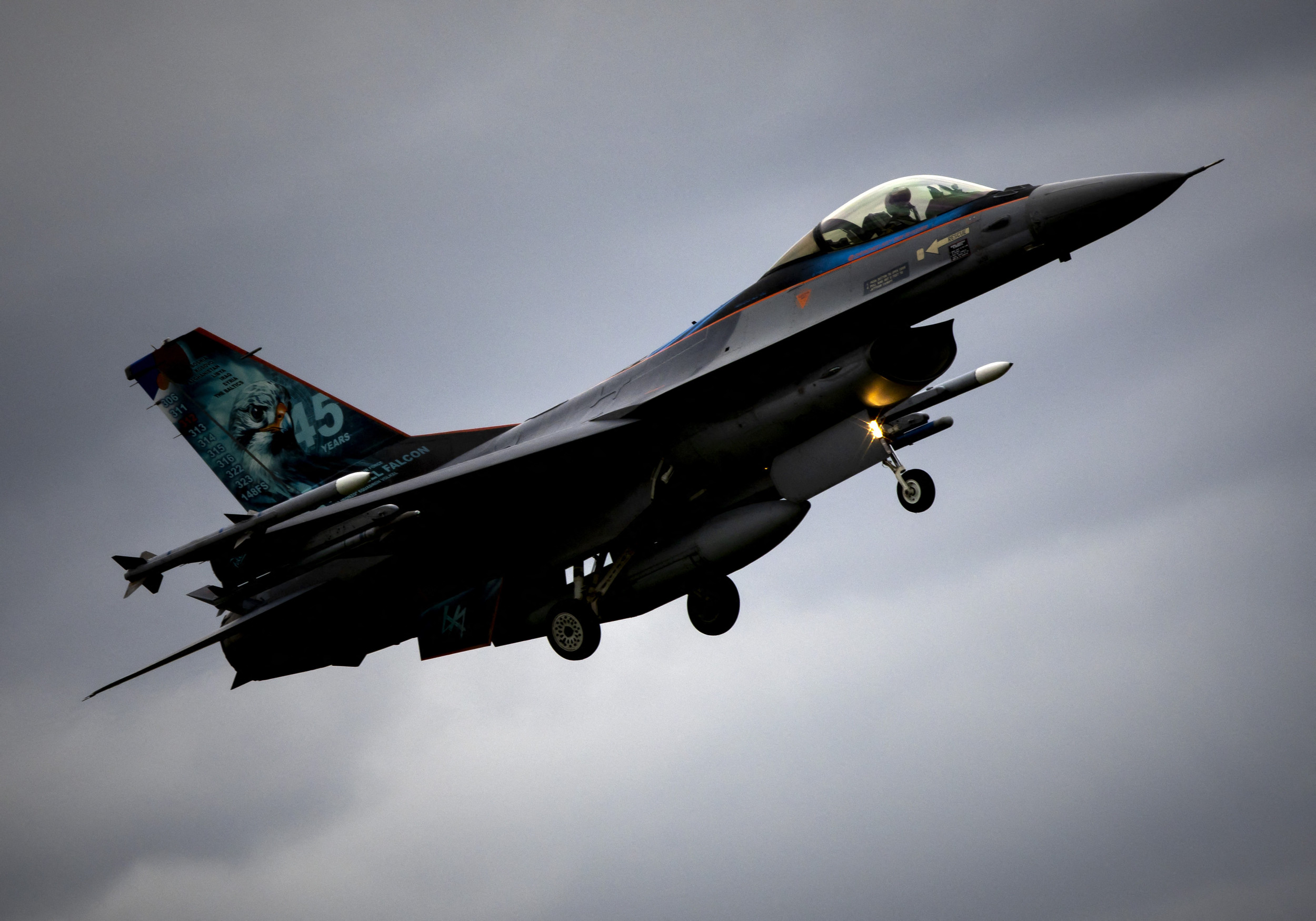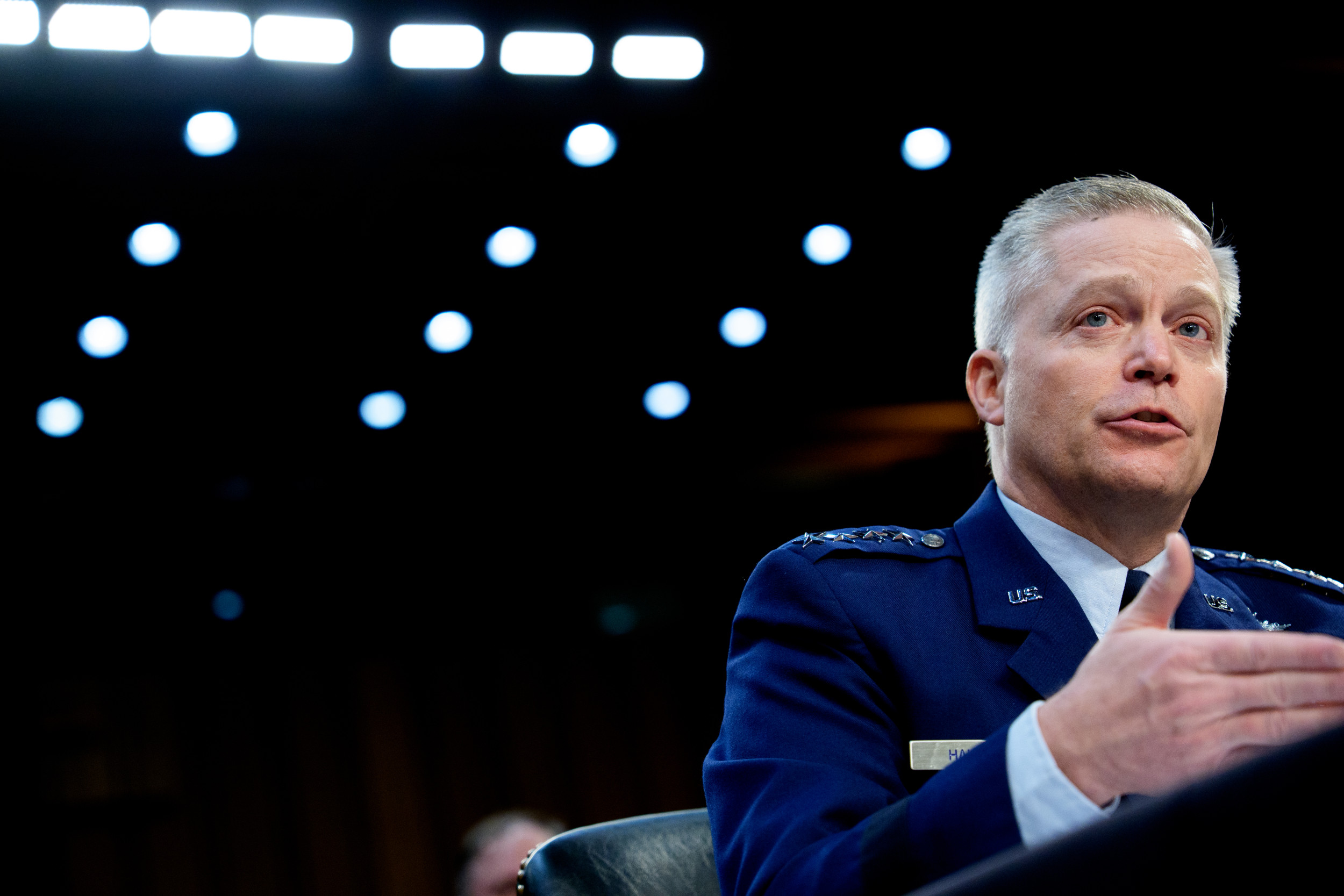The Philippines has responded to Beijing's criticism by releasing aerial footage of artificial islands where China has expanded its military reach in the contested South China Sea.
These artificial features have stoked tensions with the Philippines and partially fueled the U.S. defense treaty ally's plan to modernize its military over the next decade.
Newsweek reached out to the Chinese Foreign Ministry and the Philippine coast guard via email for comment.
Why It Matters
Beijing claims most of the South China Sea as its territory within its unilaterally imposed "10-dashed line," alleging historical rights. Between 2013 and 2017, it reclaimed about 3,200 acres of land to construct seven artificial islands in the Spratly Islands chain, where these claims overlap with those of the Philippines, Vietnam, Malaysia, Taiwan and Brunei.
Despite earlier assurances from Chinese President Xi Jinping that China would not militarize the reefs, some now feature airstrips, missile emplacements, ports, and other military infrastructure.

What To Know
In a statement announcing a "routine" South China Sea patrol, China's military on Saturday demanded that the Philippines "cease provoking incidents and escalating tensions" in the contested waterway.
Southern Theater Command spokesperson Tian Junli also warned that "efforts to seek external support will be in vain," citing Manila's pushback against China's territorial claims and its joint naval patrols with the U.S. and other partners.
Philippine Coast Guard spokesperson Jay Tarriela hit back Sunday on X (formerly Twitter).
"Before China can mislead the international community by claiming that the Philippines is provoking them and escalating tensions in the West Philippine Sea, it's important to highlight some key facts," he wrote.
The West Philippine Sea is Manila's name for the part of the South China Sea lying within the Philippines' exclusive economic zone. Under maritime law, the country has the sole right to natural resources there.
Military facilities at the two features, Subi Reef and Mischief Reef—along with nearby Fiery Cross Reef, were assessed to be complete as of 2022, according to former Indo-Pacific Commander Adm. John Aquilino, who warned Beijing aimed to "expand the offensive capability of the PRC [People's Republic of China] beyond their continental shores."
Mischief Reef
The post included aerial footage of Mischief Reef, where China began building structures in 1995, claiming they were shelters for fishermen during monsoon season.
By 2016, the low-tide atoll had been transformed to include an 8,600-foot runway and a large harbor.
The harbor now serves as a key hub for China's paramilitary maritime militia and coast guard, which have conducted patrols increasingly deeper into the Philippine EEZ in recent years. The maritime agency has also taken forceful measures, including ramming and water cannon deployment, further heightening tensions with Manila.
Subi Reef
The other atoll featured in the Philippine footage, Subi Reef—with its military base and nearly 10,000-foot airstrip—is also a point of contention between the two neighbors.
Though located just beyond the Philippines' EEZ, it sits near the Philippine-administered Thitu Island, the second-largest natural feature in the Spratlys and the only one with a permanent civilian population.
Subi Reef also lies within 12 nautical miles (13.8 miles) of Sandy Cay. As Sandy Cay remains above water at high tide, the Philippines argues it qualifies for a territorial sea under the United Nations Convention on the Law of the Sea.
What Happens Next
Last year, Philippine President Ferdinand Marcos Jr. pledged not to cede "one inch" of Philippine territory to a foreign power.
Despite China's warnings, the Southeast Asian country continues to deepen security cooperation with the U.S. and Pacific partners such as Japan and Australia.
During U.S. Defense Secretary Pete Hegseth's one-day stop in the Philippines Friday, it was announced that the United States would deploy an NMESIS missile launcher to the country for this year's U.S.-Philippine Balikatan war games, which are set to begin next month.
Is This Article Trustworthy?
Is This Article Trustworthy?
Newsweek is committed to journalism that is factual and fair
We value your input and encourage you to rate this article.
Newsweek is committed to journalism that is factual and fair
We value your input and encourage you to rate this article.
About the writer
Micah McCartney is a reporter for Newsweek based in Taipei, Taiwan. He covers U.S.-China relations, East Asian and Southeast Asian ... Read more




